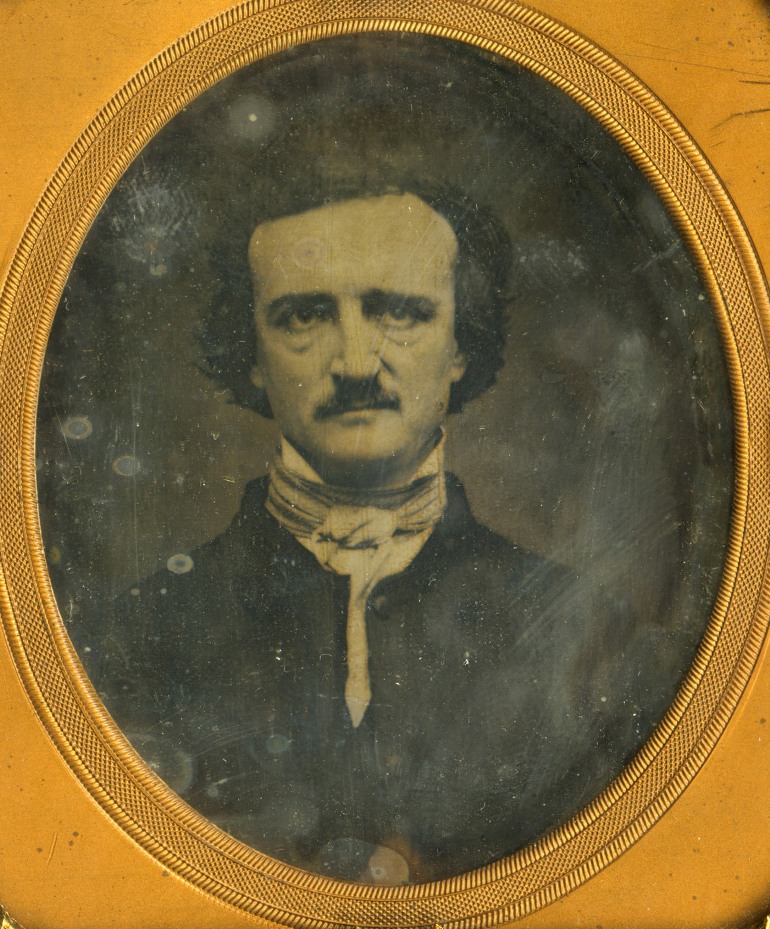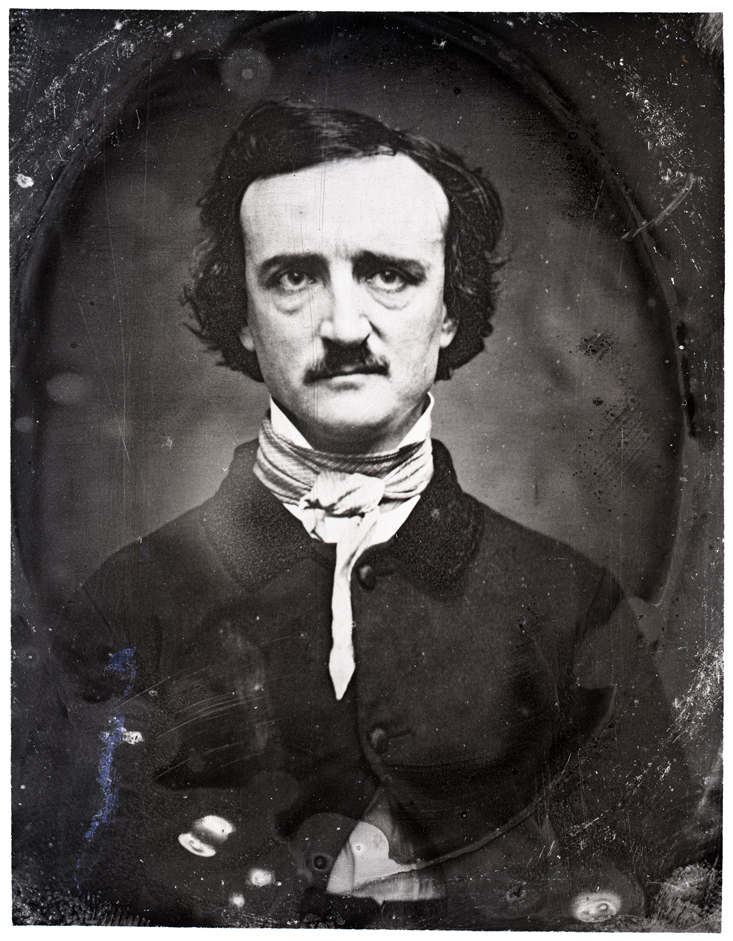Without a doubt, many amazing people arrive daily on the doorstep of Antiquarian Hall. They bring research early in its infancy, artistic projects, personal histories, obligations of library pilgrimage – all in need of the AAS touch. In 1813, Isaiah Thomas made clear the intent for the doors and collection be open to all who had reason to use it: “the historian with his best materials…and to the philosopher a faithful source of ingenious speculation” (p. 8 An account of the American Antiquarian Society, 1813).

And Philip F. Gura in his Bicentennial History of the Society discusses some of the nineteenth-century notables who made their way to AAS in Worcester, including Henry David Thoreau and the infamous James Audubon tale (if you don’t know the story, be sure to pick up our bicentennial history).
Indeed, the Society is open to all uses. Even if you are doing a favor for a friend who is writing a book on the history of dags and your friend is unhappy with the one he took – even if it’s of a well-known AAS treasure, the 1848 Edgar Allan Poe Daguerreotype by S.W. Hartshorn. And even if your friend’s name is Ansel Adams.

In the 1950s when Curator and later Director of the George Eastman House, Beaumont Newhall (1908-1993), was researching his The Daguerreotype in America (1961), he wrote to then AAS President and Director Clarence S. Brigham:
…back in 1947 I copied a number of daguerreotypes in your collection for use in my book AMERICAN DAGUERREOTYPES… I am now happy to write that I am getting the pictures ready for publication at last. One of the daguerreotypes which I especially wish to features is your magnificent portrait of Poe. Unfortunately the photograph which I took of it is not at all good. My friend Ansel Adams has most kindly offered to take another photograph of the daguerreotype… I am writing to ask if you would have the kindness to allow him to make this copy. He will get in touch with you directly to make an appointment. He will bring his own equipment and will only need a well-lighted area in which to make the copy. I will shortly send you a list of the other daguerreotypes in your collection which I should like to include in the book…
[AAS Archives 1950-1959 Correspondence “N” November 16, 1958]
Now I can candidly disclose that the work of helping to secure permissions, rights and reproductions isn’t always very glamorous (albeit the choices and resulting projects are compelling). The allure of things like copy stands, strobe lighting and negatives of archival items kind of gets lost in the work of the day-to-day. So reading something this exciting is enough to send you bouncing to the signed reader registers (I know, we’re a lively bunch). And there noted on November 21, 1958 is Ansel Adams 131 24th Avenue San Francisco in to photograph the Poe Daguerreotype.
Admittedly, signature gawking isn’t really our specialty (we’re kind of surrounded by manuscripts), but what these moments mean beyond the page makes them more noteworthy. They are kind of like nuggets of archiveness where different professions come together – artist, librarian, historian – around an object and capture that piece of history to share it with others. These little surprises show this intricate overlay where literally one archive is on top of another – through efforts of interpretation, preservation and creativity. It really gives something as already special as the Poe daguerreotype a life beyond the walls of Antiquarian Hall.

